Overview of green manure before winter and their sowing
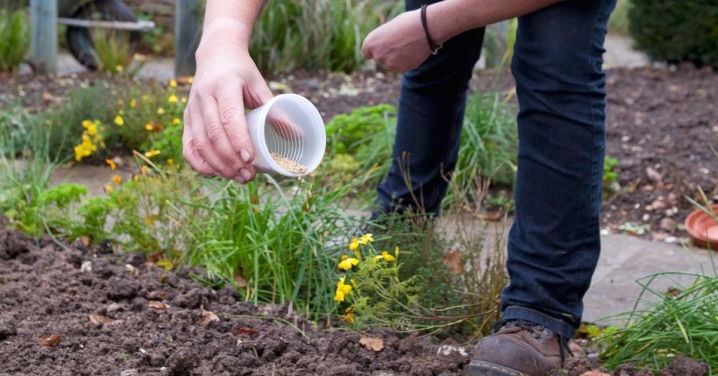
No, even the most fertile land is capable of bringing impressive harvests from year to year - sooner or later it runs out of valuable minerals, and yields begin to decline. The problem can be solved with the help of crop rotation (but this implies idleness of the soil) or the introduction of chemical fertilizers, which is also not very good - you can overdo it with "chemistry". It is much better to go the natural way, planting those plants that can enrich the soil with missing minerals. Such plants are just called siderates.
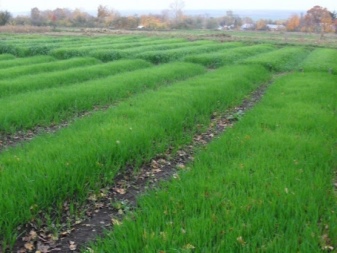
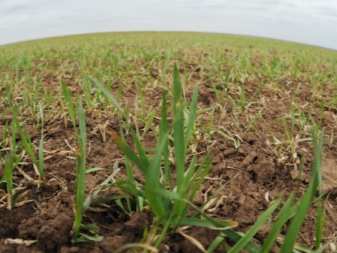
Peculiarities
Unlike the classical crop rotation procedure, green manures are good because they do not imply "rest" of any plots - they are planted either in early spring, before planting the main crops, or before winter, after harvest. There is no need to worry that winter green manures will not have time to provide the necessary effect before the cold weather - they are distinguished by excellent seed germination, coupled with the ability to quickly build up green mass. The root system manages to quickly loosen the soil, and when the green manure nevertheless dies, it becomes a useful fertilizer for the site.
In fact, the beneficial effect of growing green manures in an open area or in a greenhouse is much wider and more diverse.... Experienced agricultural technicians plant the crop that is best suited for a given situation, and achieve numerous other results besides loosening the soil itself or increasing fertility. The correct choice of green manure allows you to scare off many pests and disinfect the soil from some diseases, such plants are able to protect the beneficial microflora from frost, and even protect the upper layers from drying out in the spring.
Moreover, in all cases, planting green manure costs the farmer less than any alternative ways to achieve this goal.

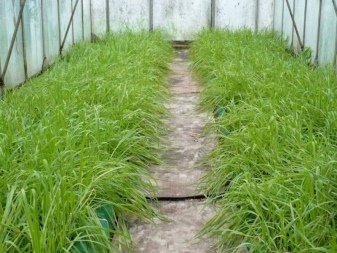
What can you sow?
The list of potential green manure is quite impressive - it includes about three hundred species of various plants, and most of them can be used as subwinters. For better memorization and confident orientation, it is easier to immediately divide them into families in accordance with the biological classification.
Let us immediately draw your attention to the fact that some families consist only of cultivated plants, while others include both green manure and full-fledged crops. In the second case, the selection of green manure should be reasonable: related species have approximately the same effect on the mineral composition of the soil, so conditional lupine, vetch and clover, which are classics of green manure farming, cannot be planted before planting peas, beans or beans - this will only deplete the soil even more. ...
If you are not sure about the degree of possible relationship between the interested green manure and the potential culture, you should find their belonging to a certain family in reference books or the Internet and compare with each other.
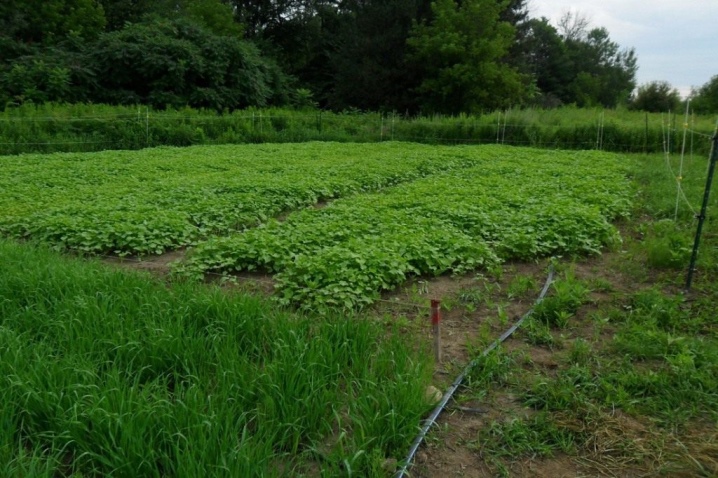
Legumes
Crops of the legume family are perhaps the most famous green manure, and almost any species is suitable for the role of such a useful plant. In addition to the predictable beans, peas, beans and soybeans, this includes lupine, clover, and vetch. All these plants are indifferent to sudden cold weather, moreover, they are distinguished by the rapid growth of fleshy leaves, which in the future will become a valuable fertilizer. Due to frost resistance, planting of leguminous siderates is possible in early spring, and even more so in autumn. Moreover, each type brings its own, specific benefits:
- the beans themselves are known as a powerful producer of nitrogen necessary for the growth of many plants, but if it is necessary to enrich the garden with minerals in a complex manner, they should be diluted with the closest relatives: vetch and peas;
- Vetch is valued above all as an oxygen enricher of the soil, its contribution to the richness of organic matter is also very important, while it goes well with green manure plants such as wheat or rye;
- to saturate the soil with potassium, it is most reasonable to plant clover;
- lupine generously enriches the earth with organic substances - it is widely believed that it copes with this task almost better than manure;
- alfalfa as a green manure is a powerful alternative to the use of phosphate-nitrogen fertilizers.
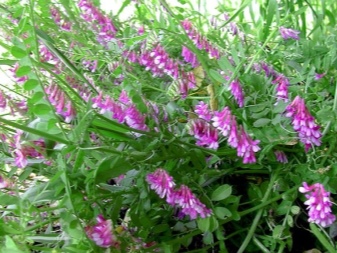
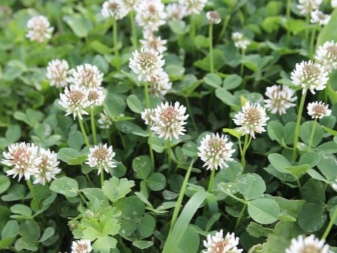
Cabbage
Nobody uses cabbage itself as a siderat, but its closest relatives often act in this role: rapeseed, mustard, rarely rape. Mustard and rapeseed do not produce as many leaves as cabbage, but they still produce green mass quite efficiently. A separate advantage of these particular green manure plants is that their smell is very unpleasant for some pests, including wireworms.
As for the mineral component of the benefits of such green manure, the increase in the content of phosphorus and sulfur is more noticeable than others.
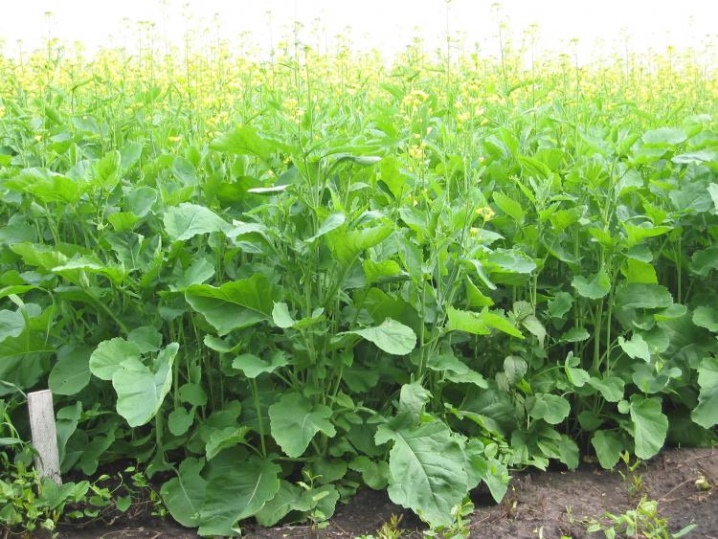
Celery
There are no obvious siderates among the representatives of this family, but there are many cultivated plants: carrots and dill, parsley and celery, parsnips and caraway seeds. According to the general requirement for the selection of a specific type of green manure, it is unacceptable to use a plant of the same family as a green manure, to which the cultivated species planted in the future belongs. Respectively, celery are unpretentious in the choice of green manure.
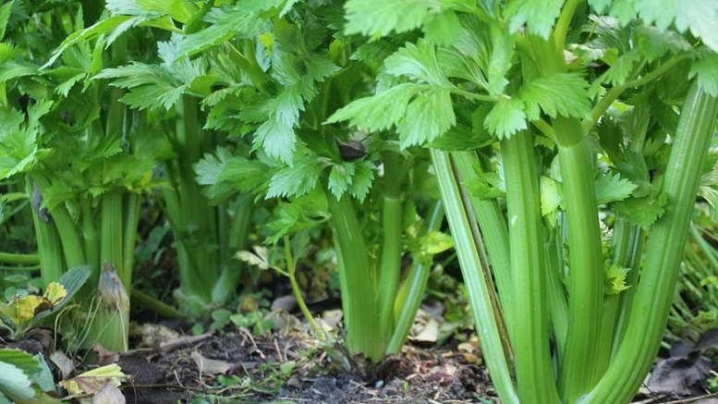
Solanaceae
The situation with the nightshade resembles that of the above-described celery - this is also a predominantly cultural, and in no way a green manure family. Most likely, no modern cuisine can do without such crops, because this includes potatoes, and tomatoes, and peppers, and eggplants.
However, there are no real siderates on the list, and for the cultivation of the above crops this is a huge plus, meaning that there are no strict restrictions on possible siderates.
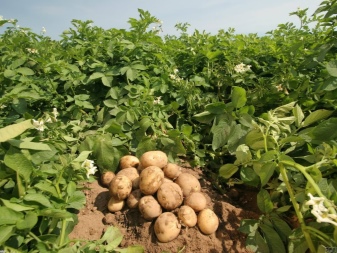
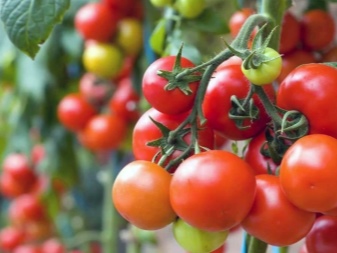
Hydrophiles
Phacelia is the only popular green manure in this group, but it is good at coping with tasks of all types and levels of difficulty. First of all, such a plant has a completely unpretentious disposition in terms of soil selection - it grows equally well in the bright sun, which literally loves, and in relative partial shade. Phacelia cannot be frightened by frosts, while it does not lose its germination even at 4 degrees of heat. The only thing to be careful about with phacelia is with abundant watering - green manure is susceptible to fungal diseases that develop just in conditions of excessive humidity.
Phacelia is planted only in loose soil, and for the attention to its needs, I am ready to thank the farmer with a number of improvements for his garden. This plant reliably fixes the soil in a stable position, preventing erosion, and at the same time does not allow it to dry out, as well as does not allow useful substances to be washed out of it. Due to phacelia, the stock of valuable substances in the soil only increases, and it is often planted next to other crops, because the universal green manure fights rot and promotes the early ripening of fruits from “colleagues”. Surprisingly, the culture somehow understands where the harmful plants are, and just prevents the latter from growing.
Phacelia is also interesting in the way of planting - its seeds are most often mixed with sand in order to achieve a more even distribution of them throughout the garden.
At the same time, the thin phacelia is one of the few green manures that can live in the garden bed at the same time as the main crop.

Sowing rules
Although it is not forbidden to plant green manure during the entire warm season, planting them in the fall is most effective. Thanks to this, the field will be "renewed" in October and even until the end of November - when no more useful activity can still occupy it... The November frosts are not scary for most of the green manure, and the farmer gets a convenient opportunity in the spring to do only what really needs to be done urgently, leaving the unhurried work with green manure crops for the fall. In the end, in the fall, the siderates can be given more time, because the sowing plant does not run out.
Young shoots of green manure are useful for the soil in winter, preventing it from freezing, and in early spring, protecting it from too intense sunlight. At the same time, siderates are usually not given the opportunity to fully grow - as soon as such helpers enter the budding stage, the owners of the site usually mow them, using them later as mulch for the winter.
The procedure for planting green manure does not fundamentally differ from planting any other plants. You can do it almost immediately after the more valuable predecessors have been removed, and the garden is free.
The latter is especially important - although green manure plants are designed to fight weeds, at the time of planting they must still be on an equal footing with a competitor, so that the garden bed should be pristine.

Since siderates are purposefully cultivated by humans, it should not be surprising that even they should be fertilized. Not so much is needed for this - a square meter of territory needs only 40 grams of nitroammofoska and fertilizers based on potassium and phosphorus. Before planting, it is also worth digging a garden or walking on the soil with a cultivator, and if the rains do not pamper your region, then also generously spill the soil with water.
Green manure seeds have a high germination rate, so no seedlings - we will plant them directly with seeds. Small seeds are usually scattered densely over the garden, not caring about the row - this is exactly what they do with phacelia and mustard, which are often enough, respectively, 200 and 500 grams per "square". Grain green manures are planted along the grooves, their seeds already need much more - up to 2 kilograms per square meter. When planting in rows, there should be 1-2 cm between the seeds, you do not need to bury the seed deeply - 2-4 cm will be enough. Until abundant shoots appear, it is better to water the garden plentifully and regularly.
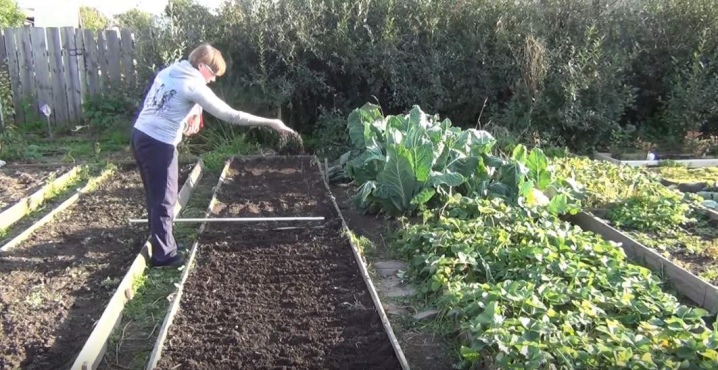
After crops, harvesting from which is scheduled for the summer, the planting of green manure should be done even twice.
In this case, cereals or legumes that can grow very quickly fall into the "first batch" - when they reach a height of 20 cm, they can already be mowed. In a crushed form, the green mass is mixed with the earth, where it, rotting, will be an excellent aid for the growth of the second wave of green manure. Its landing is scheduled for the second half of September or the first half of October, and it can be all the same crops or sweet clover with vetch.
For the winter, the roots of the second wave siderata remain in the ground, preventing the soil from being blown away or too dry. In the spring, before sowing, the soil should be freed from these shackles, so green manure crops planted with continuous planting are plowed deep into the ground. Ordinary plantings can be simply cut off and laid out between the rows, sprinkled with earth. The main planting season for high value crops starts 2-3 weeks after that.
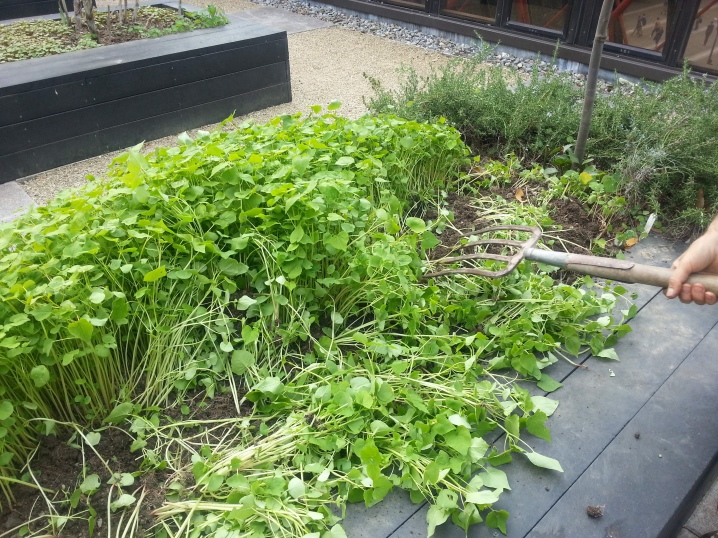
Do I need to dig up?
The need to dig up the soil after the green manure strongly depends on the characteristics of the soil that makes up the bed. Our task is to make the cut plants rot faster and release valuable substances, so we need to estimate how quickly this will happen naturally.
If the soil is alkaline or neutral, plowing the soil with mowed green manure will give an excellent result - decomposition will occur quickly, and the earth will be saturated with everything it needs. This will not work with acidic soils - rotting in them occurs very slowly.
Knowing that the soil in your garden is acidic, it is better to leave the mown green manures on the surface in the form of mulch or send them to the compost pit - there they will turn into useful fertilizer faster.
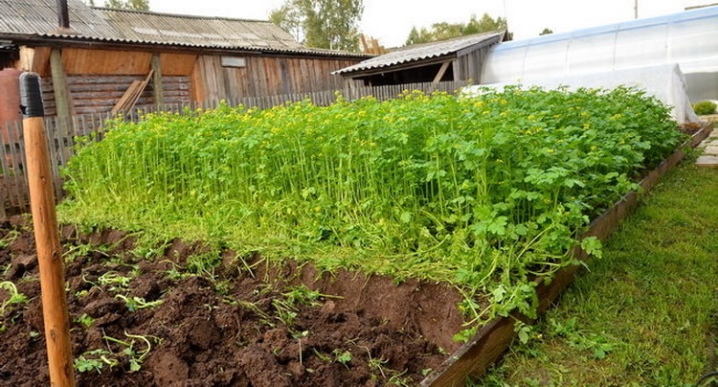
For information on how to sow green manure before winter, see the next video.













The comment was sent successfully.